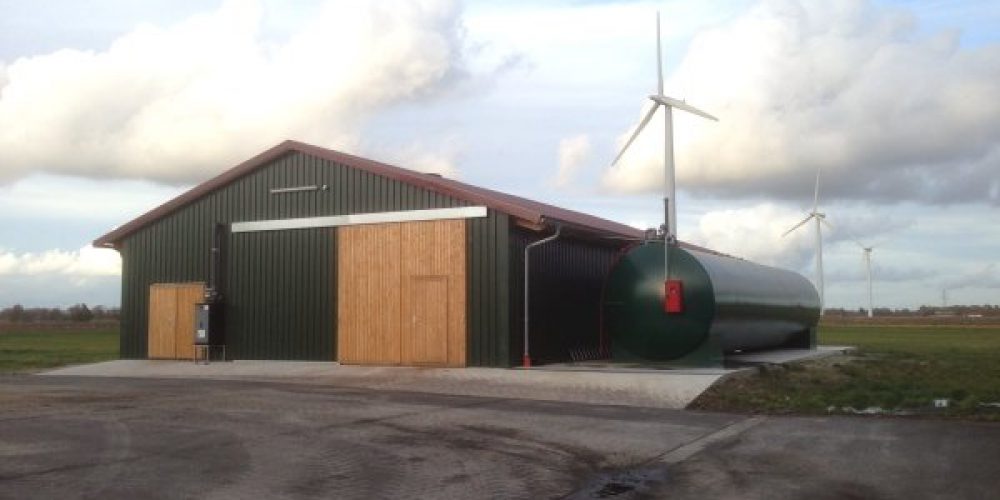«I’m operating a Dorset dryer now for 5 years, without separator, but with remixing. I have decided for the remixing, since the dried output is very transportable and also because of the nutritional value.
We are in a nutrient overflow area and I depend on being able to export the nutrients out of the my farms nutrient cycle. So far, the dried fertilizer was transported by by a fertilizer-trader in the towards East Germany, but in the future I want to sell it to the peat industry.
In the digestate tank I have the agitator before the withdrawal nozzle in the end-storage, because a uniform TS content in the digestate is important for trouble-free operation. The storage for dried material should be relatively dustproof, because of the dust spreading when material is dropped from the auger. This prevents the hall, in which the dryer is located, from dusting.


Error messages or breakdowns of the dryer are very rare. Maybe every two to three weeks I will notice a small disturbance, which can be a stone or something similar. Nothing that could really be a problem. But you should also clean the air scrubber regularly, which is important for a good function of the entire system. I spend about 15 minutes a day on average for checking the scrubber. If anything needs to be done, then it can take a little longer, but in total yearly no more than a 20-30 minutes per day average.
I think it’s important to mention that you should not try to «over-optimize» the plant for digestate throughput. Changes in the settings should only be made in small steps one after the other. The training period after commissioning was very short, it took me only a week, then I knew already I sufficiently.
My 300 kWth dryer even processes more than the amount of heat for which it was designed. I am very satisfied with the dryer and would buy it again at any time. »
– Ralf Borgmann from Westerstede













